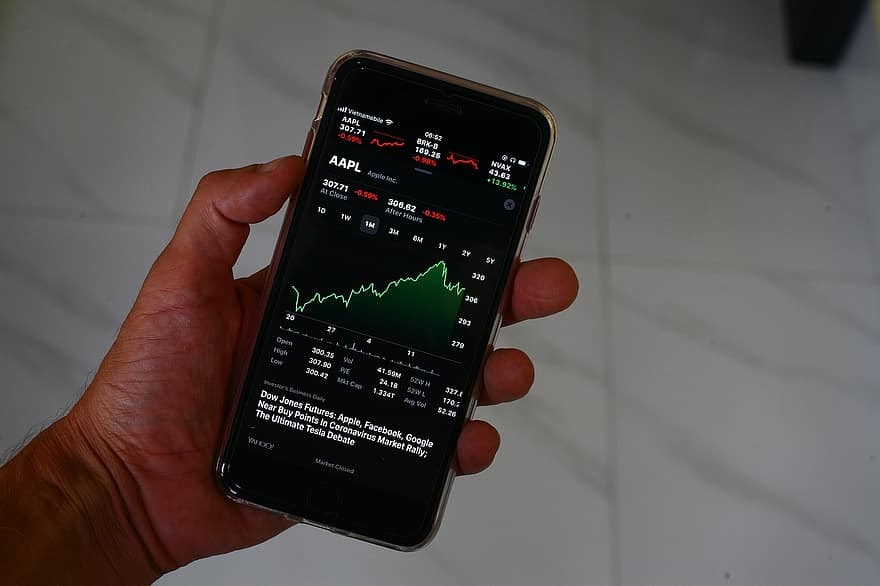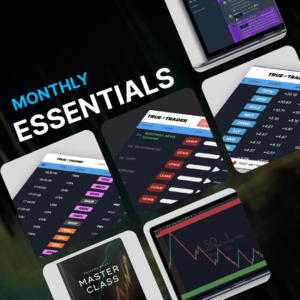A trading day is the designated period of time available for buying and selling securities. Most exchanges trade Monday through Friday, but there is trading in foreign countries that occurs on different days due to religious reasons, for example This naturally leads to the question of when is the best time of the day to buy and trade stocks?
Structure of a Trading Day
Pre-Market – 4:00 am to 9:30 am (Eastern Time)
While stock trading is available on electronic markets such as Instinet and the New York Stock Exchange’s (NYSE) ARCA platform at 4:00 am, the pre-market period begins in earnest at 7:00 am. This time of the day is bustling with corporate announcements, including earnings releases and economic reports. Overnight market-moving news from Asia and Europe is dissected, as well as overnight futures trading on U.S. stocks.
Bond market trading opens at 8 am on the NYSE. While U.S. Treasury futures trade on the Chicago Mercantile Exchange (CME) Globex platform for 23 hours a day, the bond pits in Chicago open at 8:20 am and signify a ceremonial beginning of treasury trading even if most of the volume is electronic.
A major part of the pre-market is stock upgrades and downgrades from Wall Street analysts. The pre-market CNBC show “Squawk Box” derives its name from the fact that historically, Wall Street brokers would listen to analyst reports and firm news over an intercom, literally a box on a trading floor or brokerage bullpen.
Market Open and Morning Session – 9:30 am to 11:30 am (Eastern Time)
The next key part of the trading day is the opening, which is generally considered to be the first 15 minutes of the trading day, where stocks will establish an opening range. The first hour of trading will often see further economic releases around 10:00 am or 10:30 am, after stocks have had a chance to test or expand opening ranges.
Market reaction to these initial ranges relative to economic reports is a crucial indicator that stock traders will focus on. Institutional stock buyers use the period of heavy volume to trade in a manner that will not overly affect the price of stocks they are trying to buy (or sell).
While volume and volatility will slow somewhat during the second hour of trading, action will pick up a bit as the European trading day comes to a close at 11:30 am.
Mid-Day Session – 11:30 am – 2:30 pm (Eastern Time)
Once the European markets close, the trading day slows down significantly. This is a time of day when many traders will leave for lunch or head out to the gym.
With light volume, markets will often drift about and create a midday range that can be quite choppy and difficult to trade. When a major market-moving story hits during this period, however, moves can be drastic as sudden same-direction orders hit the market, with little or no opposing action to stem the tide.
The hope of catching one of these massive midday moves causes many traders to fall for the many head-fakes of meandering and choppy markets that otherwise dominate this time of day.
Afternoon and Close – 2:30 pm – 4:00 pm (Eastern Time)
Trading activity begins to pick up again around 2:30 pm. In the heydey of open outcry futures trading, the treasury bond future pits closing at 3 pm, was itself a significant event, which would then set the tone for the final hour of stock trading. While the overwhelming majority of bond futures trade via Globex (which closes at 4 pm), the 3:00 pm benchmark still sets the table for the end of the trading day.
Mutual fund managers will know the final amount of stock they need to buy or sell to meet fund redemptions or new money invested. During earnings season, stock volatility may increase in anticipation of post-market earnings releases.
Moves can be sharp as the clock winds down. During the morning session, volatility can be tempered somewhat by the fact that players may hold out and wait for a better price if they feel markets have moved too far in one direction or another. In the final hour, any decision to not act will come with the consequences of overnight risk.
The last ten to fifteen trading minutes can be outright frantic as market on close orders are due, and market makers position themselves to meet the demand.
Post-Market – 4:00 pm – 8:00 pm (Eastern Time)
Similar to the pre-market, stocks can be bought and sold on electronic exchanges until 8 pm, though most activity dies off when the futures markets close for the day at 5 pm. This is another period for discussing earnings and corporate announcements. Post-market is generally light volume and volatile. Even when trading volume is heavy (such as during an earnings announcement), it is essential to remember that volume will be even more substantial on the market open the next trading day.
What is the Best Time of the Day to Trade Stocks?
While different times of the day provide various advantages and characteristics, the morning session is usually the best time for traders to buy or sell stock.
Overnight news and the pre-market will set the tone for what is expected of the trading day. Once trading begins, stocks will form a range that can be compared to the previous days trading.
Is the stock approaching or able to trade through yesterday’s high? Did shares open lower but then find support on yesterday’s low? These observations are essential for a day trader to determine what set-ups or trades he is looking for.
Economic releases and simultaneous trading in Europe provide the morning session with enough activity and action to trade. Many strong moves may provide pullbacks or take a breather and provide further opportunities, as investors and traders with different timeframes decide they will wait for better prices.
In the afternoon session, some moves can turn into a runaway train as market participants have to make a move before the close. At the same time, market makers positioning themselves for the end of trading (and market on close orders) can create significant reversals and head fakes.
There is certainly opportunity in the afternoon session to trade profitably, but it can be tricky. Traders with less experience may be wise to consider reducing position size during the afternoon and closing phase until they become more comfortable with the sharp moves and volatility.
Mid-day trading is also tricky. While some of the meandering and choppiness of these markets may seem like an opportunity, the drift may carry off into territory that bears no resemblance to what the afternoon market may provide. Again, newer traders should be careful about believing big moves during this period unless they were the result of a specific catalyst or news event.
Pre and post markets may provide some opportunities, particularly on company announcements or events. Again, traders need to be careful as the lower volume may produce moves that will reverse once institutional money can digest such information and make trades in markets with enough volume to absorb their trades.
The Morning Session is Regularly the Best Time of the Day to Buy and Trade Stocks
The afternoon does provide some opportunity, but the morning session is generally the best time to buy or trade stocks. A smart trader wants action and emotional volatility, but not so much that it is difficult to take advantage of. The True Trader strategy focuses on the first hour of trading to guarantee consistent, positive results. Discover more about our trading philosophy and sign up today.


